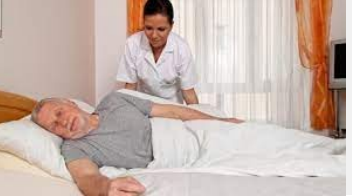APC: Hair, Skin, Nails Exam
1/14
There's no tags or description
Looks like no tags are added yet.
Name | Mastery | Learn | Test | Matching | Spaced |
|---|
No study sessions yet.
15 Terms
changes, itching, cancer, skin, sunscreen
Questions to Ask Regarding Growths on the Skin
-Have you noticed any ______ in your hair/skin/nails?
-Have you noted any sores, lumps, or _________?
-Ask about the patient’s personal and family history of skin _______, regular self _____ examination practices, and if they use __________
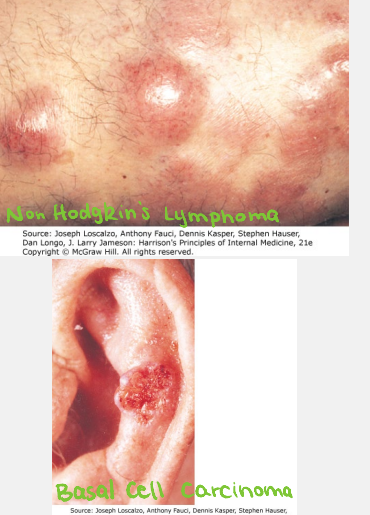
itch, allergies, wake, dry skin
Questions to Ask Regarding Rash
-Does the rash _____?
-Does itching precede rash or occur after?
-Any history of seasonal _________?
-Does the itching ____ the patient up at night?
-Use of moisturizer, over the counter products
-Any history of ___ ____?, which is a common cause of general itching without rash
thinning, where, heating
Questions to Ask Regarding Hair Loss / Nail Changes
-Is there any hair _________ or shedding?
-_____ is it? Does the hair come out at the root or shaft?
-What are the patient’s hair care practices?
-How often do they shampoo their hair?
-Do they use dyes, chemical relaxers, or ________ appliances?
melanoma, cannot, avoid, sunscreen
Skin Cancer Prevention
-Most common type of skin cancer is basal cell carcinoma
-Goal is to prevent ________, which is the least common and most deadly skin cancer
-Melanoma risk tool can be used to assess the patient’s 5 year risk. ________ be used in patients with family history
-Educate patients to ________ tanning bed and UV radiation and to use __________ regularly
50, history, melanoma, ABCDEFG, exams
Skin Cancer Screening
-Recommended in patients > __ years and those who are high risk, meaning they have a personal/family _______ of multiple or dysplastic nevi or previous ________
-Apply _______ method for screening
-Encourage patients to perform self-skin _______
Asymmetry
The A in ABCDEFG stands for _________, meaning one half of the spot is unlike the other half
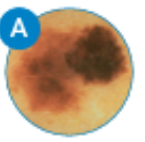
Border
The B in ABCDEFG stands for ________, meaning the spot has an irregular, scalloped, or poorly defined border
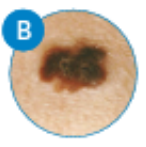
Color
The C in ABCDEFG stands for _______, meaning the spot has varying colors from one area to the next such as shades of tan, brown, black, white, red, or blue
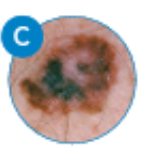
Diameter
The D in ABCDEFG stands for ________, which is the size of the spot greater than 6 mm but can also be smaller
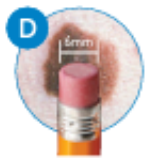
Evolving
The E in ABCDEFG stands for _________, meaning the spot looks different from the rest or is changing in size/shape/color
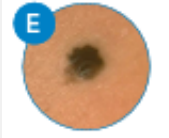
Firmness, growing
The F in ABCDEFG stands for ________, while the G stands for _________
all, general, back, chaperone
Techniques of Examination
-Inspect and palpate ___ skin lesions
-Incorporate the skin exam into your _________ physical exam, especially the back and the legs where the patient cannot visualize
-Ensure adequate lighting
-Wash your hands
-Have your tools ready
-Have the patient in a gown with opening at the ____
-Ask patient if they would like a __________, especially if you are going to be dealing with sensitive areas
Same
Perform the skin exam in the _____ order every time
Hair loss
To examine a patient with ____ ___, you can determine the overall pattern for hair loss/thinning, inspect the scalp, and do the hair pull test
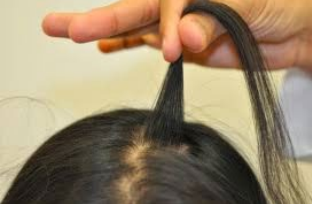
bed-bound, pressure
When examining a ___-____ patient, examine them for _______ sores. The areas at risk are the sacrum, buttocks, greater trochanters, knees, and heels
